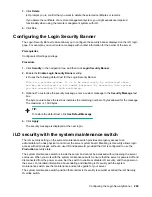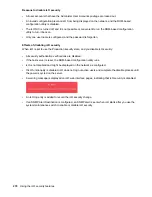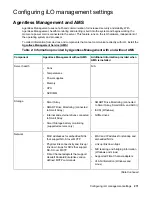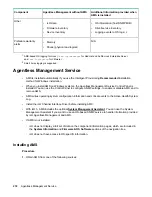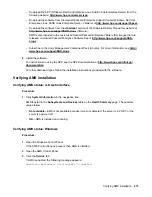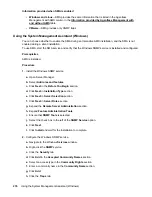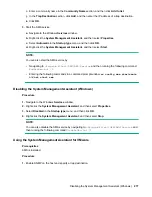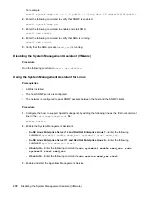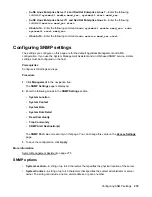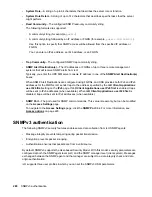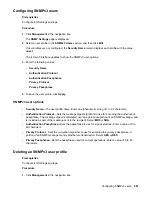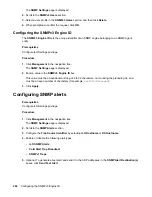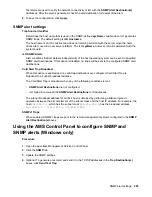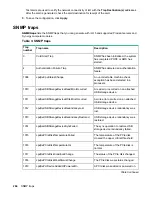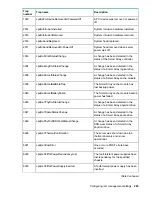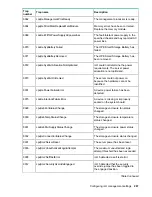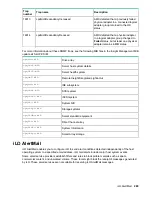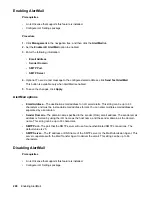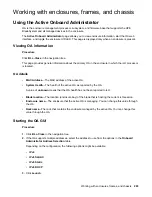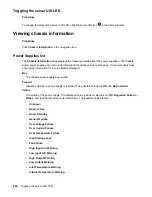
Test alerts are used to verify the network connectivity of iLO with the
SNMP Alert Destination(s)
addresses. After the alert is generated, check the alert destination for receipt of the alert.
6.
To save the configuration, click
Apply
.
SNMP alert settings
Trap Source Identifier
Determines the host name that is used in the SNMP-defined
sysName
variable when iLO generates
SNMP traps. The default setting is
iLO Hostname
The host name is an OS construct and does not remain persistent with the server when the hard
drives are moved to a new server platform. The iLO
sysName
, however, remains persistent with the
system board.
iLO SNMP Alerts
Alert conditions that iLO detects independently of the host operating system can be sent to specified
SNMP alert destinations. If this option is disabled, no traps will be sent to the configured SNMP alert
destinations.
Cold Start Trap Broadcast
When this option is enabled and no valid trap destinations are configured, Cold Start Trap is
broadcast to a subnet broadcast address.
The Cold Start Trap is broadcast when any of the following conditions is met:
•
SNMP Alert Destinations
are not configured.
• iLO failed to resolve all the
SNMP Alert Destinations
to IP addresses.
The subnet broadcast address for an IPv4 host is obtained by performing a bitwise logical
OR
operation between the bit complement of the subnet mask and the host IP address. For example, the
host
192.168.1.1
, which has the subnet mask
255.255.252.0
, has the broadcast address
192.168.1.1 | 0.0.3.255 = 192.168.3.255
.
SNMPv1 Traps
When enabled, SNMPv1 traps are sent to the remote management systems configured in the
SNMP
Alert Destination(s)
boxes.
Using the AMS Control Panel to configure SNMP and
SNMP alerts (Windows only)
Procedure
1.
Open the Agentless Management Service Control Panel.
2.
Click the
SNMP
tab.
3.
Update the SNMP settings.
4.
Optional: To generate a test alert and send it to the TCP/IP addresses in the
Trap Destination(s)
boxes, click
Send Test Trap
.
SNMP alert settings
283

